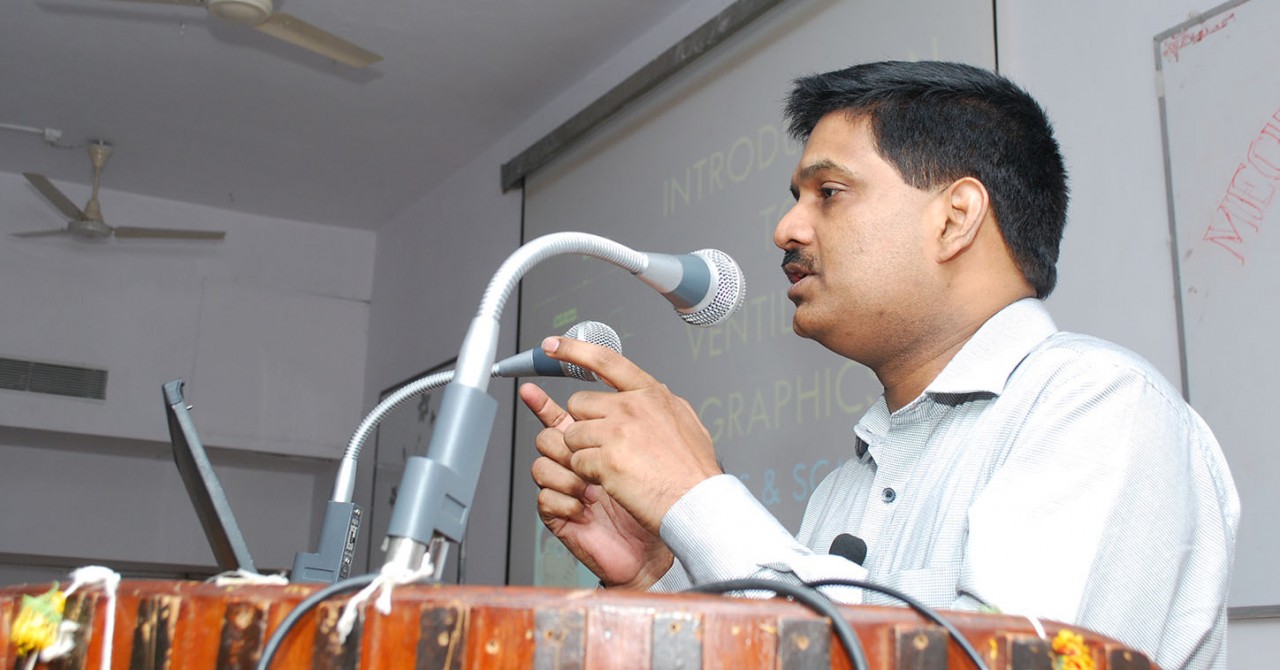Mechanical ventilation is a key component of modern intensive care. However understanding the technicalities of mechanical ventilation can appear formidable to even clinicians. The rapidly evolving science of respiratory medicine makes it even more difficult to keep up with the latest trends in this area.
On April 4 2015, Dr R Senthil Kumar, Director and Senior Consultant, Department of Critical Care, Apollo hospitals, Chennai and Ms Richa Agnihotri, Respiratory therapist, Manipal unraveled the approaches to use mechanical ventilators for supporting or replacing the functions of a human lung to a group of residents and faculty. The occasion was a day-long CME and workshop conducted by the Department of Anaesthesiology.
The CME began with the basics: Dr Dhiraj Bhandari introduced the basic concepts of mechanical ventilation and Dr Vijay Sharma explained how to start a patient on mechanical ventilation. “It is no longer considered as a death box,” the audience was told, “but an important device to save patients’ lives.”
Dr Senthil Kumar, the main resource faculty for the CME-Workshop, then proceeded to showcase how there was more to mechanical ventilators than meets the eye. He taught participants how to read a monitor, how to interpret graphs and how to make sense of waveforms. The audience learnt how to infer the scalars and loops, and how to pick up early clues from the graphs to detect patient-ventilator asynchrony. He also explained the principles of Non-invasive Ventilation (NIV) - a ventilation modality that supports breathing without the need for intubation or surgical airway. Non-invasive ventilation, he said, is a popular method of adult respiratory management in both the emergency department and the intensive care unit, and has gained increasing support in the care of pediatric patients. Besides avoiding the adverse effects of invasive ventilation, non-invasive ventilation has the added advantage of patient comfort, Dr Senthil Kumar said.
Ms Richa Agnihotri explained the principles of closed-loop ventilation modes that automatically adjust ventilation settings according to the physiological input. Closed-loop ventilation modes, she said, make it possible to select individualized ventilation. She listed the advantages- reduced workload, better patient-ventilator synchrony, and quick weaning. The audience found these concepts novel and appealing.

